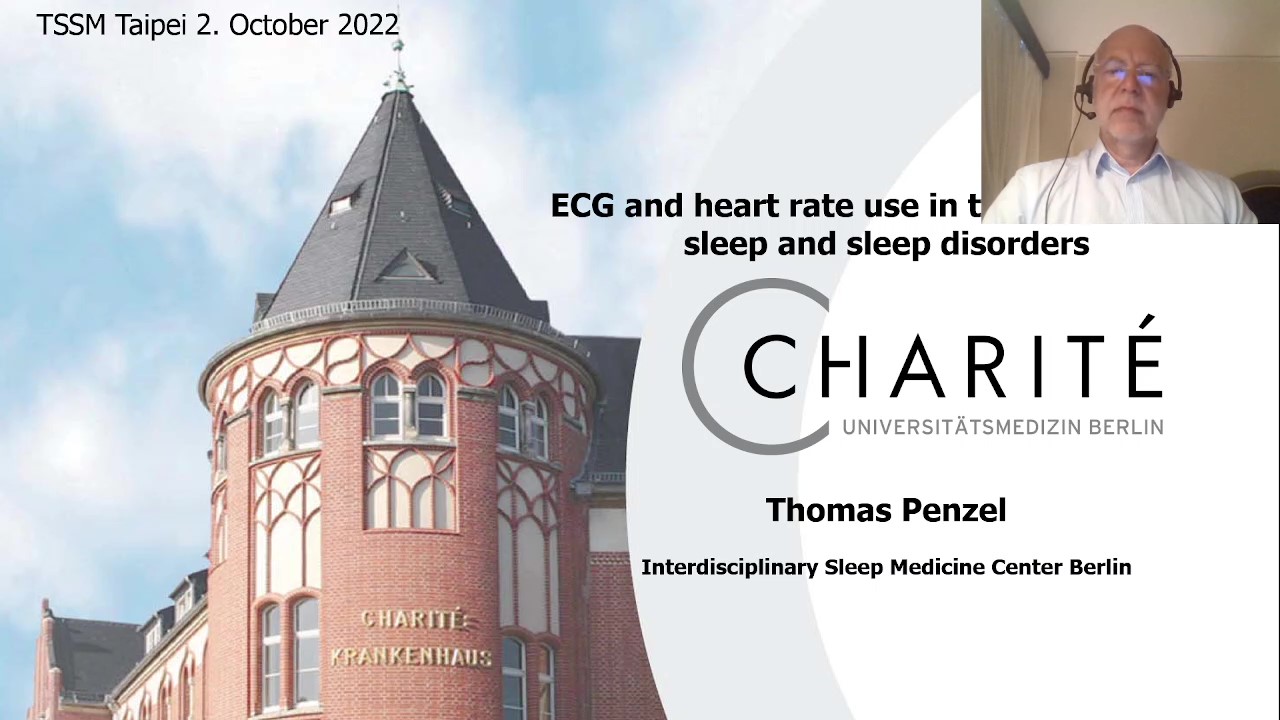
An important parameter of polysomnography is recorded with the ECG and additional heart rate recordings. Often the evaluation is minimal in the summarizing reports. As this parameter adds much information to the sleep signals, such as EEG, EOG, and EMG, the cardiac signals give additional diagnostic information for autonomic nervous activity during sleep. In this overview we present methodological developments in sleep research focusing on heart rate, ECG and cardio-respiratory couplings. I will report on physiological and pathophysiological insights related to sleep medicine obtained by ECG, heart rate and new technical developments. Recorded nocturnal ECG facilitates conventional heart rate variability analysis, studies of cyclical variations of heart rate, and analysis of ECG waveform. In healthy adults, the autonomous nervous system is regulated in different ways during wakefulness, slow-wave sleep, and REM sleep. Analysis of beat-to-beat heart-rate variations with statistical methods allows us to estimate sleep stages based on the differences in autonomic nervous system regulation. Up to some degree, it is possible to track transitions from wakefulness to sleep by analysis of heart-rate variations. ECG and heart rate analysis allow assessment of selected sleep disorders as well. Sleep disordered breathing can be detected reliably by studying cyclical variation of heart rate combined with respiration-modulated changes in ECG morphology. Examples for this detection method are presented.